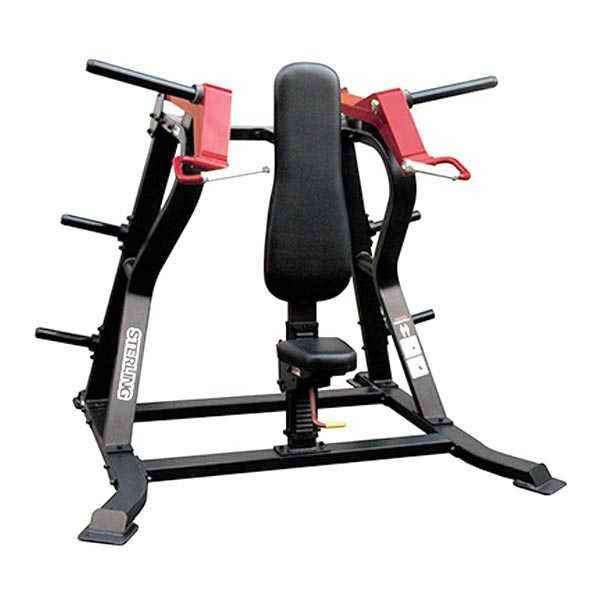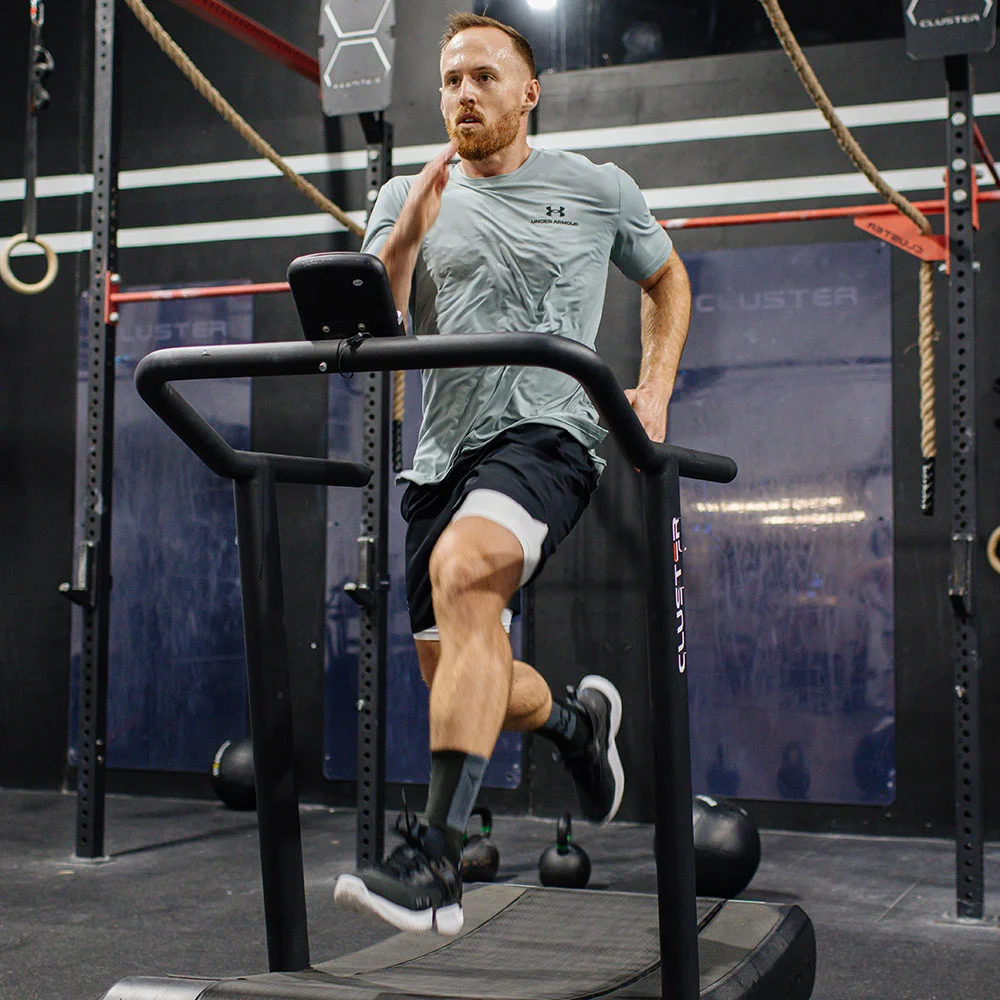I. Introduction

a. Setting the stage for PR in Fitness
Personal records, often abbreviated as PR, are a significant aspect of the fitness world. Whether you’re a seasoned fitness enthusiast or just getting started on your fitness journey, personal records are a great way to track progress and set new goals for improvement.
b. The significance of personal records in the fitness realm
PRs provide tangible evidence of progress and growth in various aspects of fitness, including strength, endurance, speed, and overall performance. They serve as benchmarks for improvement and can be incredibly motivating for individuals striving to achieve their fitness goals.
II. Personal Records (PR) Defined
a. Breaking down the acronym: PR
In the fitness world, PR stands for personal record. It refers to the best performance an individual has achieved in a particular exercise, workout, or physical activity. This could be lifting the heaviest weight, completing a set number of repetitions, running a specific distance in a certain time, or achieving a new personal best in any other fitness-related activity.
b. The meaning of PR in the context of fitness and exercise
Personal records represent an individual’s personal best and serve as a marker of progress and improvement. They signify the culmination of hard work, dedication, and commitment to fitness and can be a source of pride and accomplishment for many individuals.
c. The importance of tracking personal records in a fitness journey
Tracking personal records is essential for monitoring progress and setting new goals. It allows individuals to see how far they have come and motivates them to push their limits and strive for continuous improvement. Furthermore, tracking PRs provides valuable data that can help individuals and their trainers design effective training programs tailored to their specific needs and objectives.
III. Types of Personal Records
a. Different aspects of personal records in fitness (strength, endurance, flexibility, etc.)
When it comes to personal records in fitness, there is a diverse range of aspects to consider. From strength and endurance to flexibility and agility, personal records are not solely limited to achieving a one-rep max in weightlifting. Instead, they encompass various physical and performance-based metrics, reflecting an individual’s progress and capabilities across different domains of fitness.
b. Understanding the various PR metrics for different fitness disciplines
Different fitness disciplines have their own unique set of personal record metrics. For strength training, this could include benchmarks such as the heaviest weighted squat, deadlift, or bench press. In endurance activities, PRs might be measured in terms of the fastest mile run, longest distance cycled, or the highest number of consecutive push-ups. Understanding the specific PR metrics within each fitness discipline is essential for setting appropriate goals and tracking progress effectively.
c. The role of PR in setting and achieving fitness goals
PRs play a vital role in both setting and achieving fitness goals. By identifying and setting PR targets, individuals are able to establish clear, tangible objectives to work towards. This, in turn, can provide a sense of purpose and motivation, aiding in the creation of structured training plans and strategies to successfully achieve these benchmarks.
IV. Benefits of Tracking and Setting PRs
a. Motivation and benchmarking: How PRs drive progress
One of the greatest advantages of tracking personal records is the motivation it provides. The pursuit of PRs drives individuals to consistently challenge themselves, push their limits, and ultimately make progress. Knowing that they have surpassed a previous personal best serves as a significant motivator, encouraging individuals to strive for continual improvement.
b. The psychological impact of achieving personal records
Achieving personal records can have a profound psychological impact. It instills a sense of accomplishment, reinforcing an individual’s belief in their abilities and fostering a positive mindset. This sense of achievement further fuels motivation, empowering individuals to set new targets and continue thriving in their fitness endeavors.
c. Encouraging a sense of accomplishment and boosting confidence
The act of surpassing personal records contributes to a heightened sense of achievement and self-assurance. It demonstrates tangible proof of progress, boosting an individual’s confidence in their physical capabilities and reinforcing their belief in what they can accomplish through dedication and hard work. This confidence transcends the realm of fitness, permeating various aspects of an individual’s life and contributing to an overall sense of empowerment and self-belief.
Tracking and striving to exceed personal records not only facilitates physical progress but also nurtures mental fortitude and resilience. As individuals continue to push their boundaries and reach new heights, the profound psychological impact of achieving personal records becomes an integral aspect of their fitness journey, imbuing them with a sense of strength, confidence, and unwavering determination.
V. Strategies for Setting and Achieving PRs

a. Goal setting: Establishing realistic and attainable personal records
Setting personal records in fitness starts with goal setting. It’s essential to establish realistic and attainable PRs that are challenging yet within reach. Goals should be specific, measurable, and time-bound to provide a clear target to work towards. For example, instead of aiming to “improve strength,” a specific goal could be to “increase bench press weight by 10% within three months.” By setting clear objectives, individuals can create a roadmap for reaching and celebrating their personal records.
b. Training approaches to help break through plateaus and reach new PRs
Breaking through plateaus is a common challenge when striving for new personal records. Individuals can use various training approaches to overcome these plateaus and continue making progress. These approaches may include incorporating progressive overload into their workouts by gradually increasing the intensity, volume, or frequency of their training. Additionally, implementing periodization, where training is organized into distinct cycles, can help individuals optimize their performance and break through plateaus to achieve new personal records.
c. The role of nutrition, rest, and recovery in optimizing performance and breaking PRs
Nutrition, rest, and recovery play a crucial role in optimizing performance and breaking personal records. Proper nutrition ensures that the body is adequately fueled for training and recovery, supporting muscle growth and repair. Consuming a balanced diet rich in protein, carbohydrates, and healthy fats, as well as staying hydrated, can help individuals perform at their best and support their training efforts. Adequate rest and recovery are equally important, as the body needs time to recuperate and adapt to the demands of training. Incorporating rest days, prioritizing quality sleep, and engaging in activities such as stretching, foam rolling, and massage can aid in recovery and prepare the body for continued progress and new personal records.
By implementing these strategies and taking a holistic approach to training, nutrition, and recovery, individuals can enhance their performance and increase their likelihood of achieving new personal records in fitness.
VI. Overcoming Challenges in Pursuit of PRs
a. Dealing with setbacks and failures
Setting and achieving personal records in fitness is a journey filled with both victories and setbacks. It’s important for individuals to learn how to effectively deal with setbacks and failures along the way. Instead of viewing setbacks as insurmountable obstacles, they should be seen as learning opportunities. By analyzing the reasons behind the setback, adjusting goals or strategies as necessary, and maintaining a positive mindset, individuals can bounce back stronger and continue progressing towards their personal records.
b. Avoiding injury while pushing for personal records
In the pursuit of personal records, it’s crucial to prioritize safety and injury prevention. Pushing the body beyond its limits without proper preparation and technique can lead to injuries that hinder progress and set back fitness goals. To avoid injury, individuals should focus on proper warm-ups, form, and technique, gradually increase training intensity, and incorporate adequate rest and recovery. It’s also important to listen to the body, addressing any signs of pain or discomfort promptly and seeking professional guidance when necessary. By prioritizing safety and injury prevention, individuals can push for personal records while minimizing the risk of setbacks due to injuries.
c. Developing a healthy mindset towards PRs and avoiding unhealthy obsessions
While pursuing personal records in fitness can be motivating and rewarding, it’s essential to develop a healthy mindset and avoid unhealthy obsessions. It’s vital to celebrate progress and achievements without attaching one’s self-worth solely to personal records. Individuals should understand that progress is not always linear, and each PR should be seen as a testament to hard work and dedication, rather than a sole measure of success. By maintaining a balanced approach and recognizing the broader benefits of fitness beyond achieving personal records, individuals can foster a healthy mindset and avoid unhealthy obsessions that may lead to burnout or negative impacts on mental and physical well-being.
As individuals navigate the pursuit of personal records in fitness, they are likely to encounter various challenges along the way. By effectively dealing with setbacks and failures, prioritizing injury prevention, and maintaining a healthy mindset, individuals can overcome these challenges and continue progressing towards their fitness goals. Through resilience, mindfulness, and a commitment to overall well-being, individuals can approach the pursuit of personal records with a balanced mindset, allowing for sustainable and fulfilling progress in their fitness journey.



